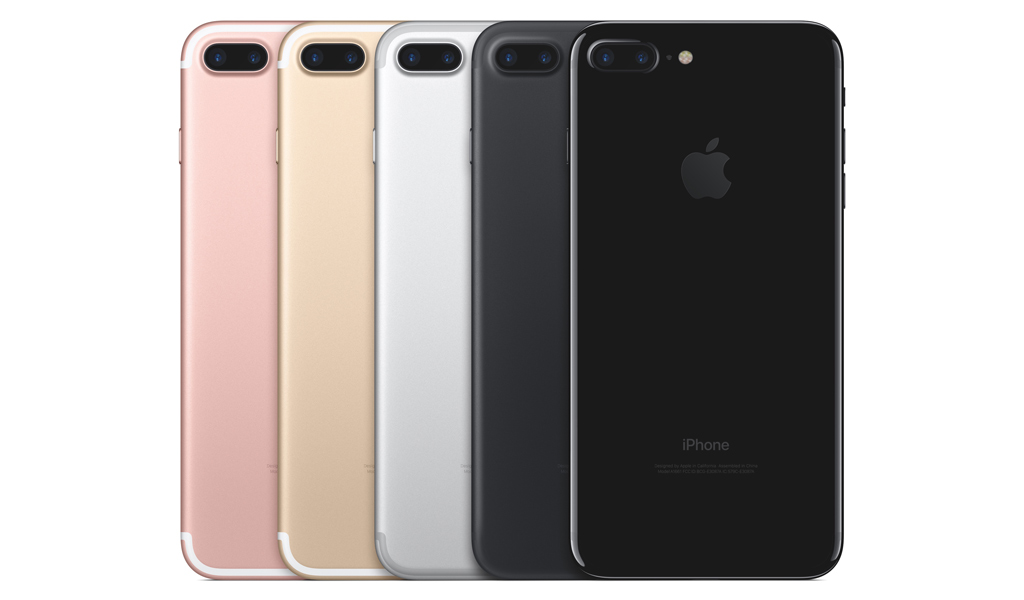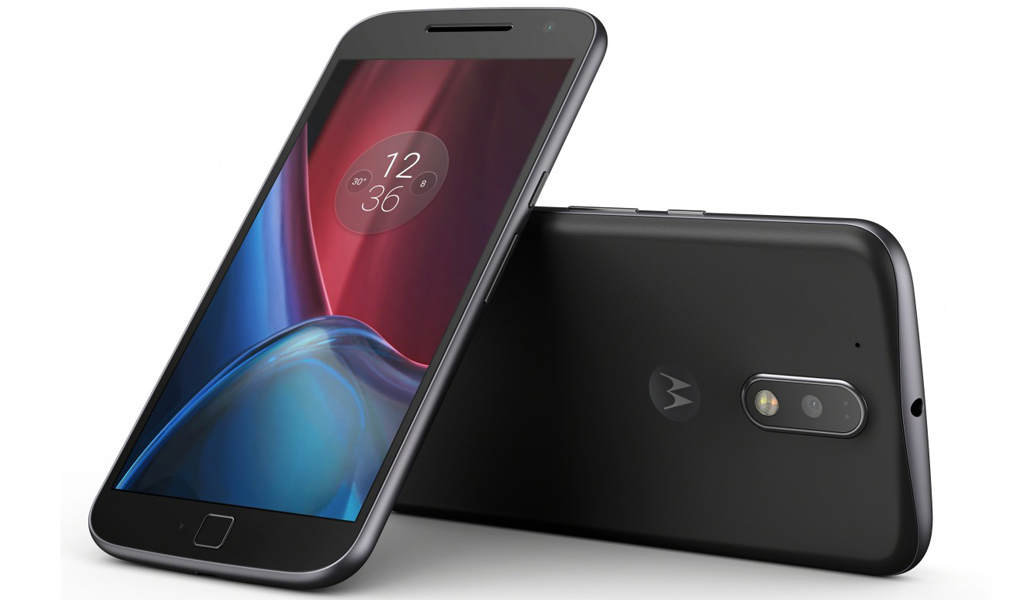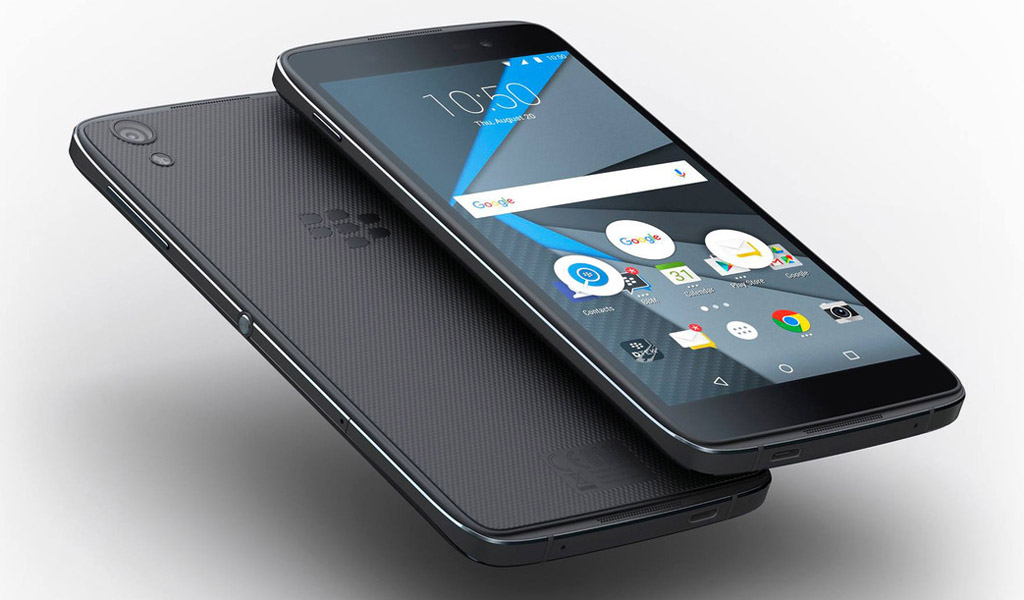
Canada’s wireless carriers note this time of year as being heavy with new smartphone purchases and activations, and aside from the holidays driving that, the choice in hardware plays a big role too. Which smartphone should you go for? What makes one a better fit than another? We look at some of the standouts worthy of your attention.
Choice is one thing, but a litany of good choices is what we’re really talking about here. Sales figures may show two companies battling it out at the top, except the most interesting growth is coming from the mid-range, where devices continue to get better.
We’ll begin first with the elite in the category, moving on to the mid-range.

Apple iPhone 7 and 7 Plus
The standard-bearer that all handsets are measured against, the new iPhone 7 and 7 Plus continue much of what Apple has been doing the last two years. Their respective form factors and screen sizes remain unchanged, but there are new jet black and matte black designs and water resistance that should vastly reduce cases of water damage. Stereo speakers, a brighter screen, a new home button, faster processor and longer battery life round out an incremental improvement that should be noticeable.
Gone is the headphone jack, supplanted by the existing Lightning connector. Apple includes an adapter in the box, but make sure not to lose it. Only the 7 Plus has the dual lens system in the back, where one offers a 2x optical zoom. You can use them together in portrait mode for good shots of people with depth of field behind them. The iPhone 7 does also have a new camera that shoots better, albeit without a second lens.
![]()
Google Pixel and Pixel XL
An outstanding duo that delivers one of the most complete Android hardware and software combinations to date. The 5-inch Pixel and 5.5-inch Pixel XL are essentially the same phone, save for the XL being larger with a bigger battery (and a slightly heavier body). The metal and glass design makes both phones look elegant, while the feature set puts them squarely in elite territory.
It’s not so much the specs, it’s the execution. Android 7.1 Nougat looks great, and the Google Assistant voice platform gets better with time. The camera is outstanding — easily one of the best currently available. Zippy performance and a responsive fingerprint sensor round out one of the best phones to come out in 2016. And if you want to add some more to it, consider the Daydream View VR headset, which works with both models.

Samsung Galaxy S7 and S7 Edge
Of the flagships for Samsung in 2016, the S7 Edge is more prominent because it has a more unique look, but for all intents and purposes, both phones are identical otherwise. The only key difference is the Edge display and interface. An all-glass and metal build with water-resistance, and the return of the microSD card slot makes for a well-rounded phone, regardless of whether you go flat or curved with the screen.
The camera is one of the best on any smartphone, particularly in low-light conditions, where results can be even better on the Pro mode that offers manual controls. The fingerprint sensor is excellent, and wireless charging is great in that it works with both competing industry standards. Plus, both phones work with the Gear VR headset.

LG G5
The modular design the LG G5 was largely based on hasn’t materialized into anything substantial, but that’s not the main reason to consider the phone anyway. With a brighter and more responsive 5.3-inch display, coupled with a dual lens system that includes an ultra-wide 135-degree lens, the G5 is a solid phone with a superb camera — definitely among the best available. The manual mode is capable of producing outstanding images.
Being a modular phone, the G5 is a rare case in that the battery is removable and replaceable. It also has a microSD card slot for expanding on the built-in 32GB of internal storage. The all-metal body is clean and understated, fairly lightweight and the fingerprint sensor responsive.

Motorola Moto G Plus
While the Moto Z Play is worth considering for the performance and modularity it offers, the G Plus is a mid-range device that punches above its weight. Sporting a 5.5-inch display and lightweight frame, the phone runs a very clean version of Android devoid of any real overlays. The extent of Motorola’s flavouring here is in the few pre-loaded apps included, which can be useful to you.
Solid performance and a good fingerprint sensor are always easy to appreciate. The rear camera is an improvement over previous models in Moto’s G lineup, but don’t expect to be able to fully compete with the top-of-the-line shooters noted above. This is easily one of the best handsets to have launched in the mid-range this year, and well worth a look if you don’t want to break the bank.

Huawei Nova Plus
Not as well known, perhaps, but the Nova Plus is a device that belies its origins and price point. A metal body with a 5.5-inch IPS display and stereo speakers below make this phone look more expensive than it really is. The built-in 32GB of storage can be expanded up to another 128GB with a microSD card. There’s a fingerprint sensor in the back and a fairly large battery inside that should keep this thing going for longer than usual.
The 16-megapixel rear camera is going to be decent, but not exceptional. Standard for a mid-range smartphone, though results are certainly going to be better than what Huawei has put out in the past. If you want a phone that looks nice and handles the basics with ease, and at a price you can afford, the Nova Plus is worth a look.

BlackBerry DTEK50
In case you’re wondering why BlackBerry is on this list, it’s because the DTEK50 is a mid-range phone that runs on Android and is updated monthly with security updates, one of the few phones to get them so consistently. Dubbed “the most secure Android phone in the world” by BlackBerry, the truth is that it is not that much different from other Android handsets, other than that it is easier to understand and gauge your level of security and vulnerability with it.
On its basic merits, the DTEK50 is a good phone. It won’t take incredible photos, but will produce decent images in most conditions. It runs smoothly, and its suite of applications are free to use. The Hub is an excellent resource for managing all email and messaging communications. If you remember how organized you were on a BlackBerry in the past, the DTEK50 is a good segue into getting that on Android.
Looking for something else? Check out other smartphones currently available?




Why leave out the DTEK60? http://ca.blackberry.com/smartphones/dtek50-60-by-blackberry/overview.html
JB
Comments are closed.